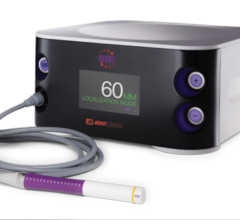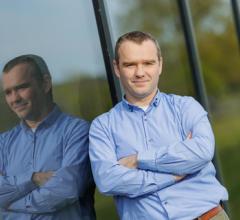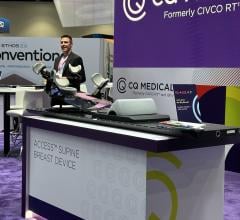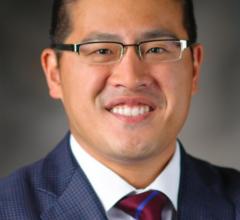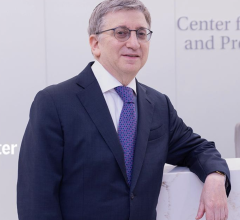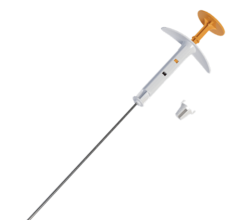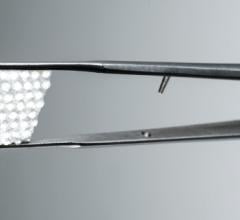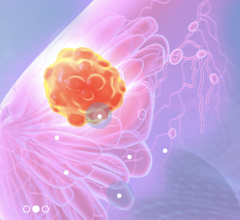
Feb 18, 2009 - The SAVI applicator significantly expands the number of women who are able to benefit from breast brachytherapy, according to a new, peer-reviewed journal article in Radiotherapy and Oncology.
The article reports on the first 20 patients to receive radiation therapy for early stage breast cancer with the SAVI applicator, at the University of California, San Diego (UCSD). Authored by Dan Scanderbeg, Ph.D., and others, the article appears in the January 2009 issue of the “Green Journal,” as Radiotherapy and Oncology is known.
The UCSD researchers concluded that SAVI expands the patient population eligible for accelerated partial breast irradiation (APBI), a simpler, much shorter course of radiation therapy following lumpectomy surgery for breast cancer.
In the study, 40 percent of the patients had skin separation (distance between the device and the skin surface) of less than 7 mm. This narrow skin spacing made them ineligible for treatment with “balloon” brachytherapy. SAVI has no skin spacing restrictions, as its multiple catheters allow physicians to carefully direct the dose away from the skin.
“SAVI increases the number of women eligible for APBI beyond what is possible with balloon brachytherapy,” said Dr. Scanderbeg. “The dosimetry with SAVI is phenomenal. The ability to customize the dose allows us to easily contour the radiation and minimize exposure to normal tissue.”
In each of the 20 cases, according to the paper, physicians were able to modulate the dose based on patient-specific anatomy to successfully cover the tumor bed, while sparing healthy tissue. SAVI is a single-entry device that delivers radiation as part of breast conservation therapy. By more precisely targeting radiation therapy, the device treats the tissue where cancer is most likely to recur, while minimizing exposure of structures such as the skin, heart, lungs and ribs.
“The availability of SAVI is a positive development for partial breast irradiation, particularly as preliminary indicators point to the equivalence of APBI with traditional whole breast radiation,” said co-author Catheryn Yashar, M.D., chief of breast and gynecological radiation services at the Moores Cancer Center at UCSD.
“The increasing acceptance of APBI, combined with the availability of more APBI devices and a growing preference among women for a shorter course of radiation therapy, is expanding the number of partial breast cases being performed,” Dr. Yashar said. Instead of the six-week course of treatment required by whole breast radiation, treatment with the SAVI applicator lasts just five days.
For more information: www.SAVI.us


 July 11, 2024
July 11, 2024 
